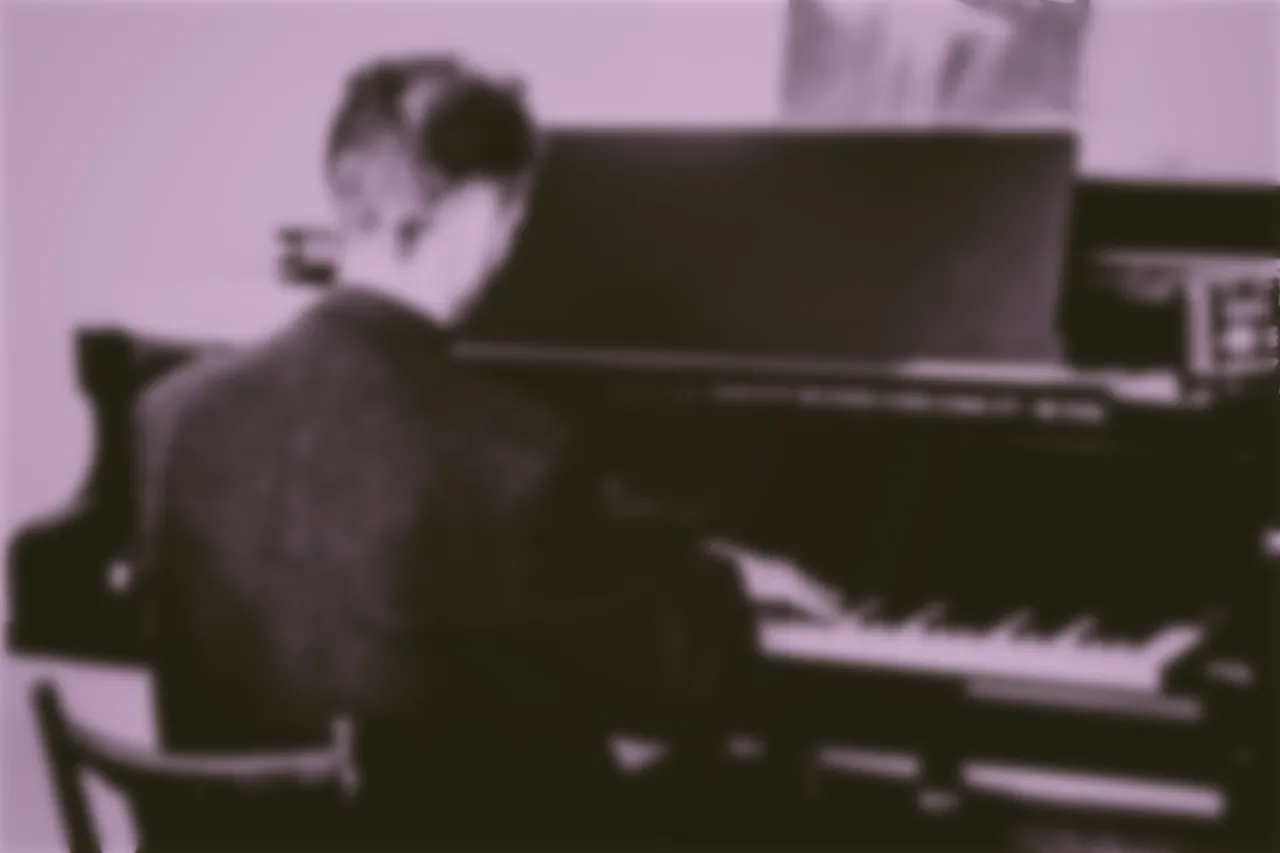Contents
1. The Contents of Chord Theory
Hi, this is the departure of chord theory. So first I’ll give you a quick overview of chord theory, using the “three layers” introduced in the introduction part.
The Names of Chords
A Chord is a combination of multiple notes played at a time.
Just like scales, innumerable sounds come out according to the combinations. We need a naming system for these combinations, which becomes the foundation of chord theory.
As mentioned in the introduction part, by giving names, invisible sounds turn into portable/describable “data”. It is a big step towards understanding music.
The Usages of Chords
Then chords are categorized or classified from various perspectives, and standardized patterns are introduced.
- Basic chords / progressive chords
- Bright sounding chords / dark sounding chords
- Chords with stable feel / unstable feel
- etc…
Connecting chords result in a Chord Progression but it takes time to find good combinations, especially when you try to involve some advanced chords. So music theory saves you time to explore them by showing typical examples.
The Manners of Chords
It depends on genres what kind of chord progressions will be favored. Manners are quite unique to a genre, as explained in the introduction.
Even now, without theoretical knowledge, I think you can recognize that these styles are totally different. You’ll get a concrete understanding for where these differences of tastes come from.
In general, a classical harmony book only treats the classical style, or a jazz theory book only treats the jazz style. But LMT puts importance on comparison between genres (including recent ones) in order for you to achieve broader perspective on music.
There are no “rules” in LMT because however some books insist on such “rules”, they’re described just as “manners” of a genre within LMT.
2. What You’ll Get in Chapter I
Chapter.I is divided into the first half and the the latter half, which is called “Nexus System”. When you finish the first half, you’ll be able to make chord progressions like following, hopefully.
This much complexity!! I added the word “hopefully”, because not every pattern is introduced in details, just suggestions for these possibilities. Anyway, you’ll get a bunch of insights just through Chapter I.
Studying music theory is like the quest for the ancient treasure or the new frontier of music. Doesn’t it sound intriguing?

